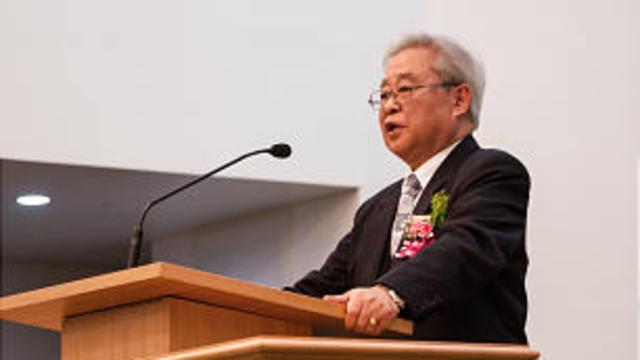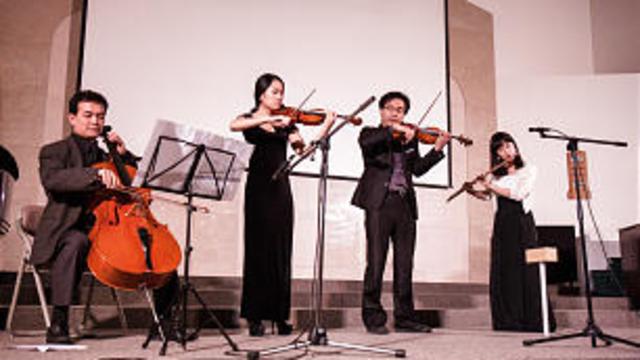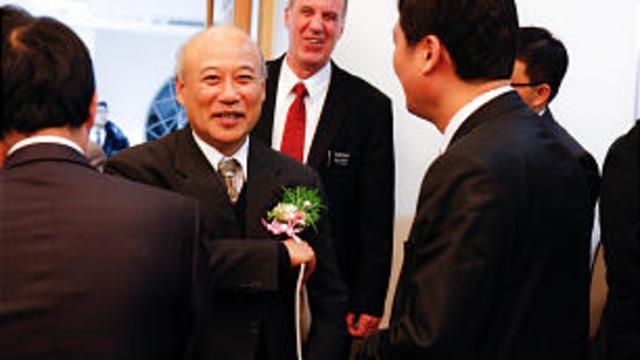It’s difficult to fathom what the Shoshone chief had already endured.
Sagwitch had witnessed the near annihilation of the Northwestern Shoshone, including members of his own family, and was wounded at the hands of U.S. troops at the Bear River Massacre in 1863. He watched as their lands were stolen and his people were cheated and treated as an inferior race. They suffered destitution and were often days from starvation.
Yet in 1873, when a compelling dream instructed the tribal leaders to join The Church of Jesus Christ of Latter-day Saints and drastically change their lifestyle, Sagwitch peacefully, humbly and courageously led his band in a new direction.
They not only survived, but in time, they thrived.
“Because he continually fought for a peaceable solution, he and his tribe ended up having a future,” said Scott R. Christensen, a historian and author.
Tuesday, Jan. 29, marks the 150th anniversary of the Bear River Massacre. On that day, tribal descendants, family, friends and community members will gather at the massacre site for a commemoration ceremony at 11 a.m. As that event approaches, Darren B. Parry, vice chairman of the Northwestern Band of the Shoshone Nation and a direct descendant of Sagwitch, continues to marvel at his ancestor’s valiant faith, a series of significant events that resulted in blessings and how the gospel of Jesus Christ helped his people find hope and the ability to forgive in the aftermath of the massacre.
“Accepting the gospel saved us … ,” Parry said.
The massacre
In response to friction between American Indians and white travelers, Col. Patrick Edward Connor and about 200 California volunteers attacked the winter camp of the Northwestern Shoshone near today’s Preston, Idaho, before dawn on a bitterly cold Jan. 29, 1863. With inferior weapons and large numbers of mothers, children and aged adults, the Shoshone were overmatched.
“A lopsided battle became a wholesale slaughter,” Christensen wrote in his book, “Sagwitch: Shoshone Chieftain, Mormon Elder, 1822-1887.”
What unfolded that day was horrific. The soldiers brutally killed children, defiled women, burned the Indians’ homes, stole their supplies and walked away with their horses, according to historians. When it was over, more than 300 had perished, making the Bear River Massacre the single greatest loss of Indian lives in American history.
Connor lost 17 men, although many more were wounded or had frostbite. Connor was promoted to brigadier general as a result of his victory.
Sagwitch was one of the survivors. He was shot twice in the hand before he hid in the Bear River among the brush and frozen chunks of ice. Three of his sons also survived, including 2-year-old Beshup Timbimboo, who was wounded several times by troops. The little boy wandered the battlefield, still clutching a bowl of frozen pine nut gravy, until family members found him.
A dream, a missionary and many baptisms
For the next 10 years, the Northwestern Shoshone struggled to survive amid poverty and a tug-of-war with government officials over their lands and resources.
In early 1873, one of Sagwitch’s fellow chiefs had a vision in which three men visited him. One of the three messengers told him “that the Mormon’s God was the true God … that he and the Indian’s Father were one; that he must go to the Mormons and they would tell him what to do; that he must be baptized, with all his Indians; and that the time was at hand for the Indians to gather, stop Indian life, and learn to cultivate the earth and build houses,” according to Christensen’s biography of Sagwitch.

















